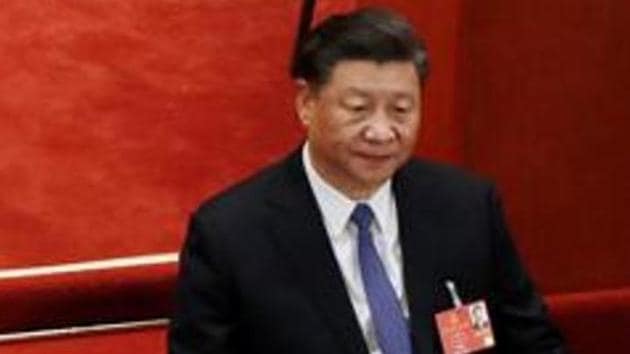HT Editorial: What does China want?
If it is serious about peace, the first step is clarifying the LAC
The post-1988 framework of India-China ties rested on a simple principle. Both countries recognised they had a serious boundary dispute, but they agreed that the larger relationship should not be held hostage to the dispute. And therefore, while the border should be kept peaceful, and talks on the dispute could continue, pending a final settlement, India and China should continue to deepen ties in other spheres. This framework lasted three decades. Other elements of the relationship — high-level visits, trade and investment, cooperation on global issues — coexisted with the stalemate on the border dispute.

But to keep the border peaceful, the two countries also signed a range of agreements. In 1996, a pact on confidence-building measures in the military field along the Line of Actual Control (LAC) in border areas laid out a list of restrictions to reduce the possibility of a clash and build trust. It recognised that the implementation of the agreement would require both sides arriving at a “common understanding of the alignment” of LAC, and therefore, both India and China decided to speed up the process of “clarification and confirmation” of LAC — by clarifying the alignment in areas where there were differing perceptions, and then exchanging maps “indicating their respective perceptions”.
It has been 24 years since the pact. India is clear about where its perception of LAC lies. It has repeatedly asked Beijing to clarify its perception of LAC and exchange maps. This will not be a solution — but it will at least prevent Beijing from shifting goalposts at will, and engaging in aggression to change facts on the ground. But perhaps precisely because it wants to keep that option open, China has been obstinate in not moving ahead with the process of clarifying LAC, especially in the western sector. So here is the fix. A longer term boundary solution is difficult because of the seemingly intractable nature of the dispute, especially Tawang (China will not get it back, but will keep alive its claim because of its past association with Tibet) and Aksai Chin (India will not get it back, but accepting that publicly will have costs). And China is not willing to do what is required for shorter term peace — by clarifying LAC. This leaves room for doubt about Chinese intentions, and its claims of wanting peace. If Beijing is interested in sustaining the overall relationship, it should clarify the LAC, be reasonable about its claims and live up to past agreements. Otherwise, the old framework of the relationship cannot last.



